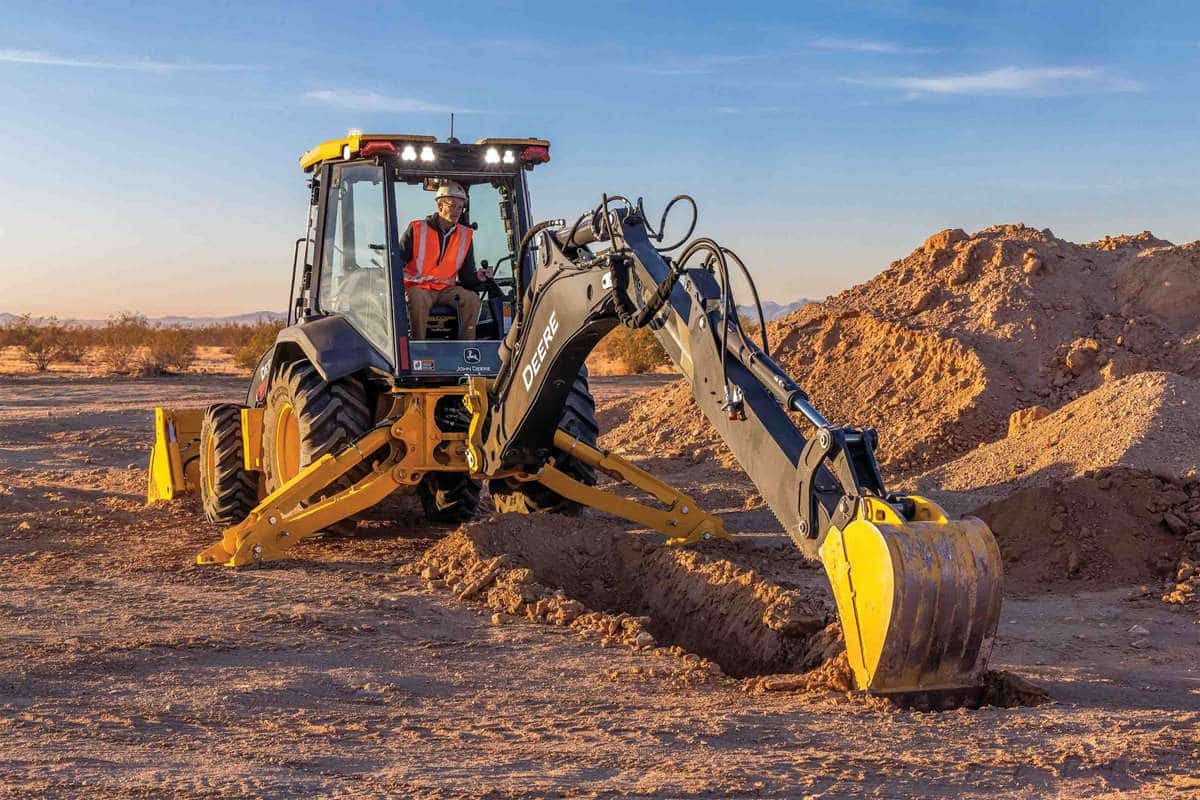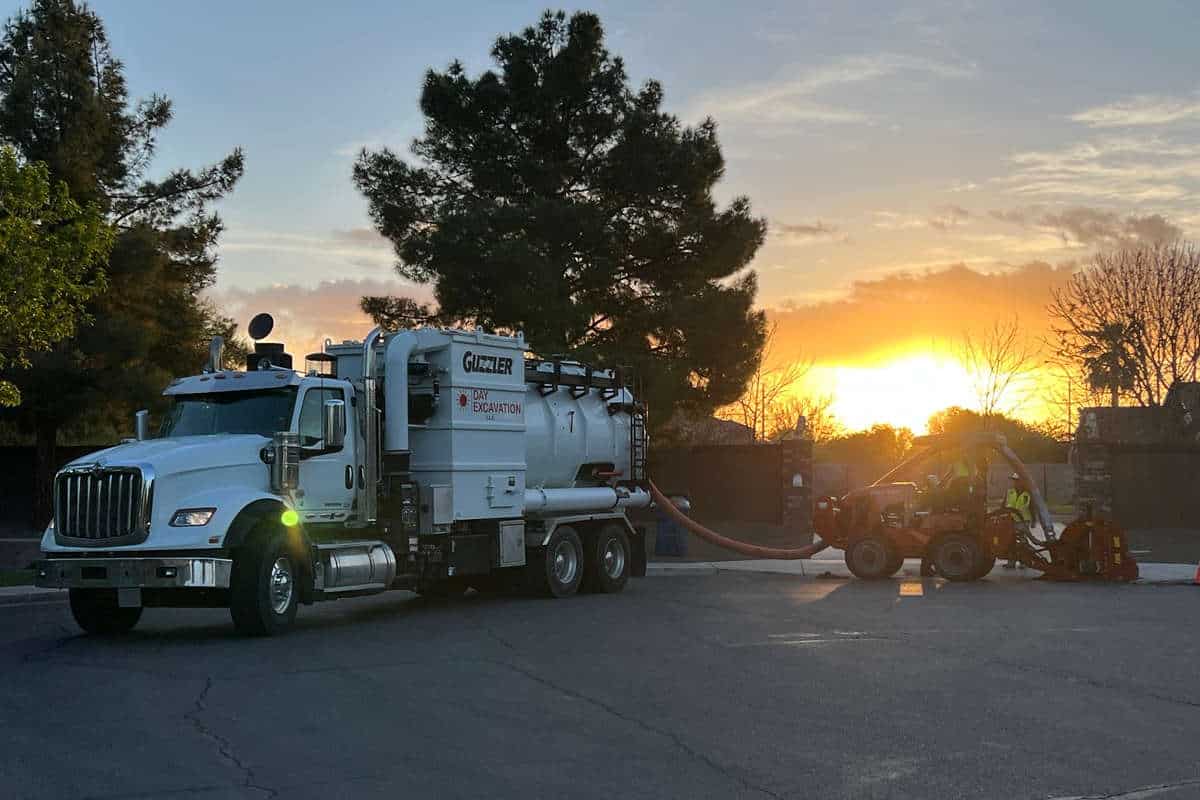Experts Offer Tips for Proper Breaker Attachment Use

“Operators are key in the life expectancy of hammers,” says Scott Scholz, Manager of Service Operations for Allied Construction Products. “Customers need to pick a brand that’s quality and learn to operate with efficiency. Prying, for example, is especially bad for the tool, while excessive cycle times are bad for the whole hammer. These are the things that our dealers try to teach our customers.”
A good day’s work comes down to employing these recommended breakage techniques:
- The correct approach is perpendicular. Whether the material being hammered is flat on the ground or more vertical than horizontal, the tool being driven into it should intersect it at a 90-degree angle. Any other approach lets the tool lose some of its energy through slippage when it strikes the surface. The whole point of hydraulic hammering is to frontally assault the material, not give it a glancing blow.
- Adapt to the mass and content of the material. If the object to be broken apart is of impressive mass, take a gradual approach by working near an edge. The energy being shot into the material will find the narrower segment of the mass and flake it off. If concrete material is reinforced with rebar, know that a moil probably will work better than a chisel, which can torque when it hits steel reinforcement.
- Don’t persist too long. “We tell operators to follow the 30-second rule when breaking apart oversize,” says Brian Bieller, Vice President of Business Development at Atlas Copco Construction Equipment. “If after 30 seconds, a breaker doesn’t penetrate the material or create cracks, dust or fissures, an operator should move the breaker closer to the edge of the oversize or use a larger breaker.” Others suggest a 10- to 20-second maximum. Bottom line: Fruitless pounding heats up and breaks down a hammer.
- Avoid dry firing. If a breaker piston is fired with the tool in the air, the piston slams down on a more-or-less unresisting tool, which is not what it was designed to do. It is like swinging a hand-held hammer at an object and missing; the expended force can go dangerously awry. “It can cause significant damage within the hammer,” says Scholz. “It is important to always put down-pressure on the tool before the hammer is fired.”
Giles Lambertson is a Freelance Writer for Utility Contractor.




